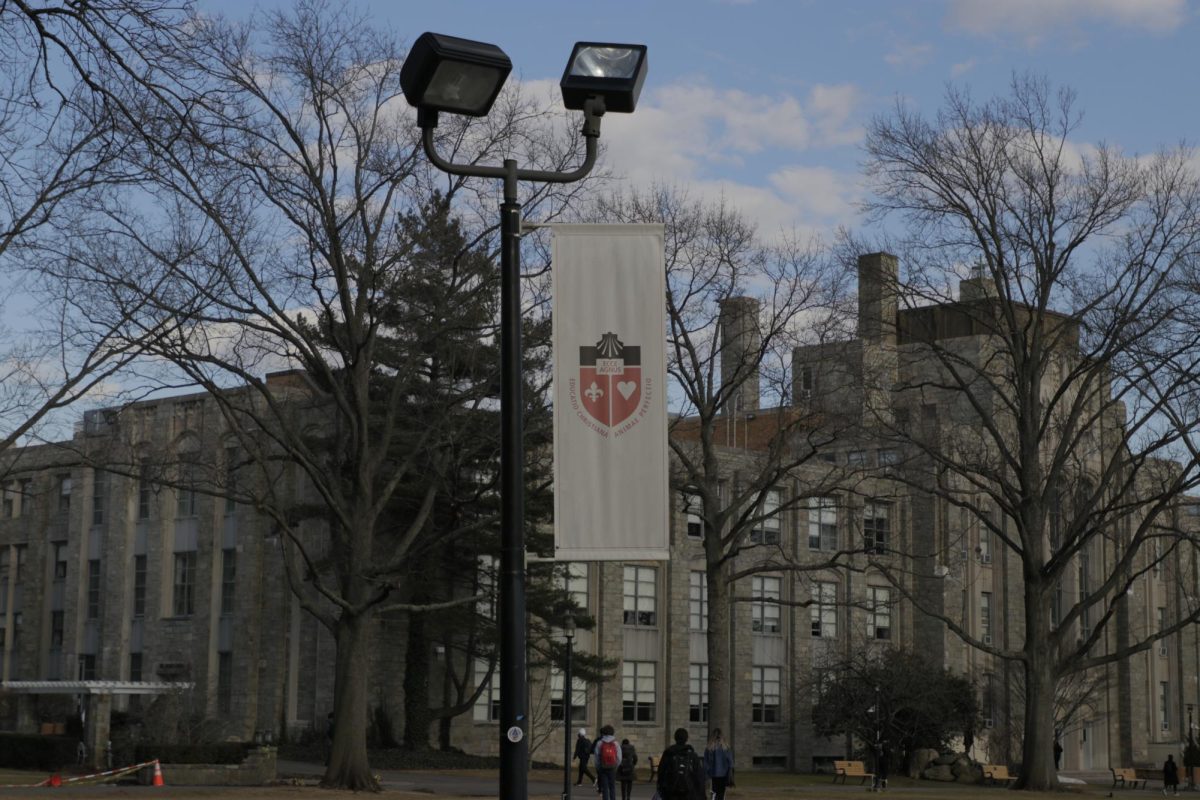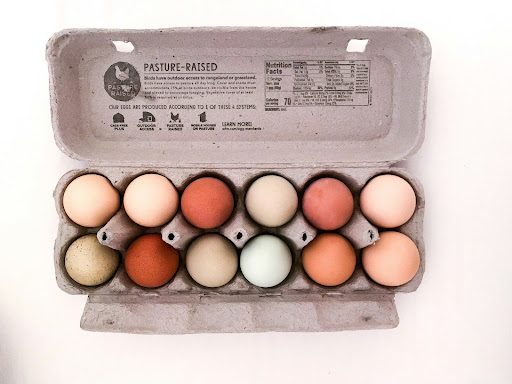It almost seems poetic that on the 100th anniversary of voting rights for women in the United States a Black woman became the Democratic nominee for Vice President for the first time in our nation’s history — not entirely poetic, though. Suffrage champions like Susan B. Anthony and Elizabeth Cady Stanton would not have even fought for Kamala Harris’s right to vote, let alone her right to run for Vice President. Since the first wave of feminism was ignited around a women’s right to vote, it has evolved drastically. A recent focus on intersectionality in the movement was brought on due to a racist and exclusive community among women’s rights activists for decades.
One of Susan B. Anthony’s most famous and discussed quotes is, “Men, their rights, and nothing more; women, their rights, and nothing less.” One of her quotes mentioned far less frequently is, “I will cut off this right arm of mine before I will ever work or demand the ballot for the Negro and not the woman.”
Susan B. Anthony is hailed as a pioneer for women’s rights and is still considered one of the first feminists. She was neither one of these things. She was a pioneer for white women’s rights and is one of the first white feminists. The suffragettes excluded women of color and began the phenomenon that is now known as “white feminism” — a faction of the women’s rights movement that continues today and has tainted the otherwise inspiring history of feminism.
The first wave of feminism allowed for monumental progression and began the notion of openly fighting for women’s rights. For the first time, women were able to cast their ballots and have a say in the democracy that governs them. It was a monumental win, but it was highly flawed. The mistakes of past feminists cannot be the mistakes of current women’s rights activists.
The misconception that 1920 was the end of voting rights discrimination in America must be dismantled. It was not the end, but a beginning to a long fight for voting equality. The Voting Rights Act of 1965 granted people the right to vote regardless of their race. Then, in 1971 the voting age was lowered to 18 so that American youth could participate in democracy, and in 1982 protections for people with disabilities became required by Congress.
Even a century after the 19th Amendment was passed, voting is still not easy or convenient for many individuals. Voter suppression is a vicious tactic to prevent marginalized groups from participating in democracy. Voter ID Laws, voter registration restrictions, voting purges, gerrymandering and felony disenfranchisement are the most significant tactics of voter suppression that result in a considerable voter reduction turnout.
Entering the 2020 Presidential Election during a pandemic only presents a greater difficulty among high-risk individuals to cast their ballots. Corruption within the United States Postal Office and an expected increase in absentee ballots result in more opportunities for voter suppression in November.
A century after the suffrage movement, the right to vote is still sacred and it is still under violent attack. Although our nation has progressed since white property-owning males were the only ones allowed at the polls, we still have a long way to go. We must never let our guard down when it comes to voting rights. The ability to cast your vote and participate in a democracy needs to be protected at all costs.







